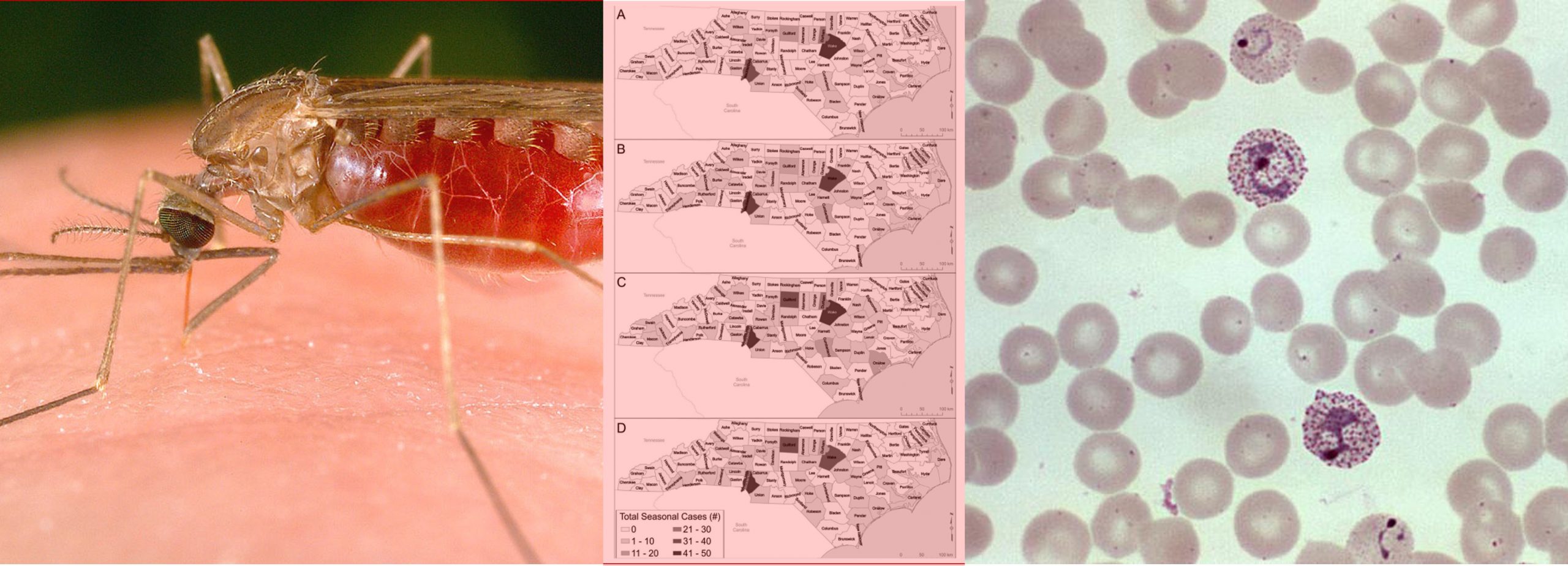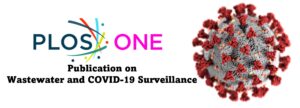Zowonoo F*, Iverson G, Doyle M and Richards SL (2023). Retrospective Spatiotemporal Analysis of Malaria Cases Reported between 2000 and 2020 in North Carolina, USA. Travel Medicine and Infectious Disease 51: 102505. doi:10.1016/j.tmaid.2022.102505
Abstract
Background
There are 1,000–2,000 cases of malaria diagnosed in the United States annually and most are imported.
Methods
Malaria cases reported between 2000 and 2020 in North Carolina (NC) were analyzed (NC Department of Health and Human Services, Division of Public Health). Differences in numbers of NC malaria cases were further analyzed by year, month, county, gender, age, and country of origin.
Results
Most cases originated from travelers visiting Africa and returning to NC (i.e., Mecklenburg [N = 162 cases], Wake [N = 153], Guilford [N = 103], Durham [N = 74], and Cumberland [N = 41] Counties). Per capita analysis (i.e., per 100,000 population) was used to correct for differences in NC county population sizes and Durham (N = 22.8), Guilford (N = 19.0), Onslow (N = 14.7), Mecklenburg (N = 14.5), Wake (N = 13.5), Orange (N = 12.8) and Cumberland (N = 12.2) Counties showed the highest cases. Malaria was more prevalent among males (N = 532) relative to females (N = 245), and this difference was statistically significant.
Conclusions
Travelers visiting malaria-endemic regions should be educated on malaria prevention measures (e.g., chemoprophylaxis, mosquito repellent). These measures should be readily available to travelers. The malaria registry in NC should be improved by requiring additional data related to imported malaria cases.
*Felix Zowonoo is an alumnus (Spring 2022) of the ECU MS Environmental Health (MSEH) program. This article was derived from his MSEH Professional Paper project.




